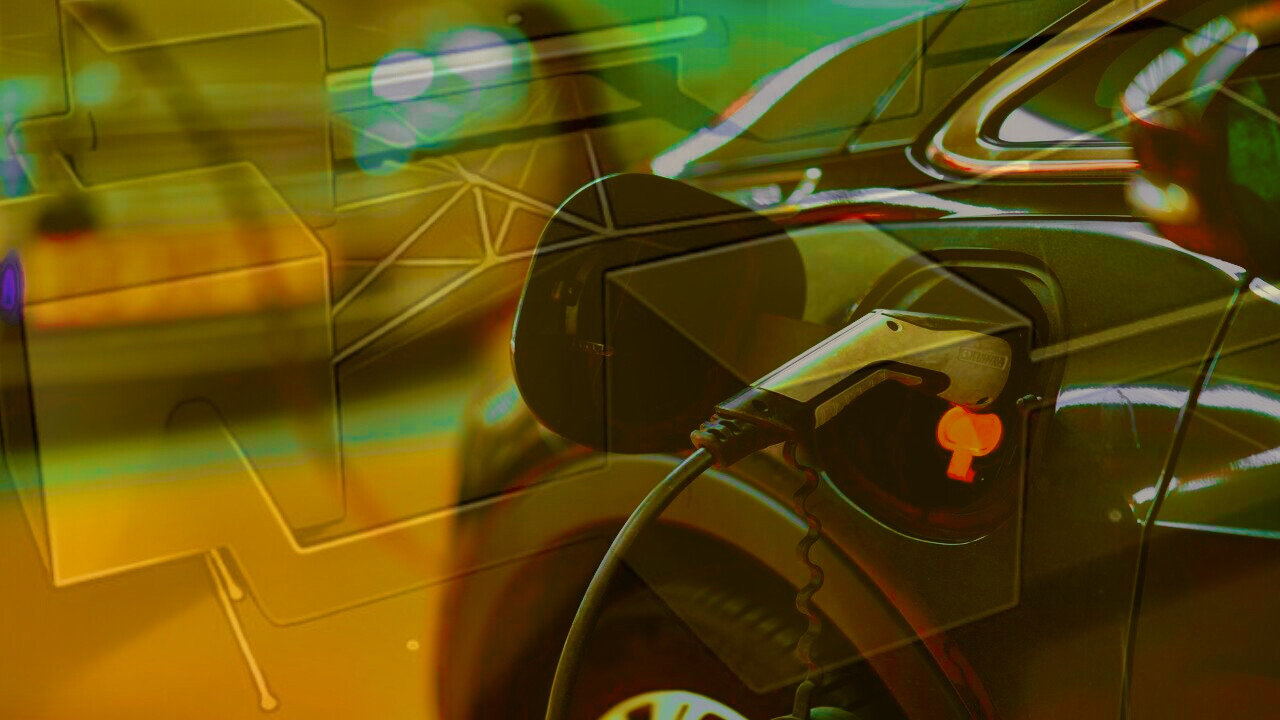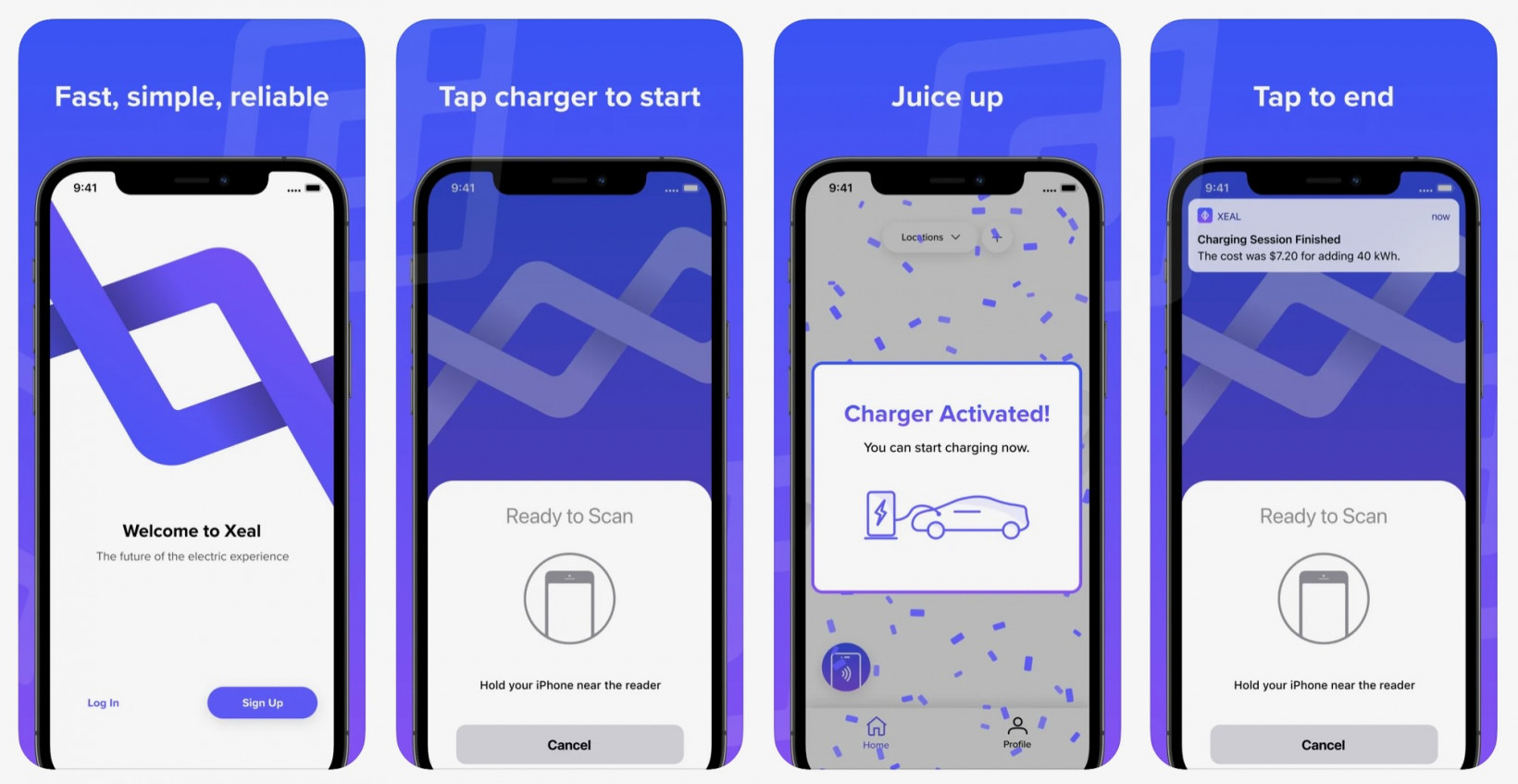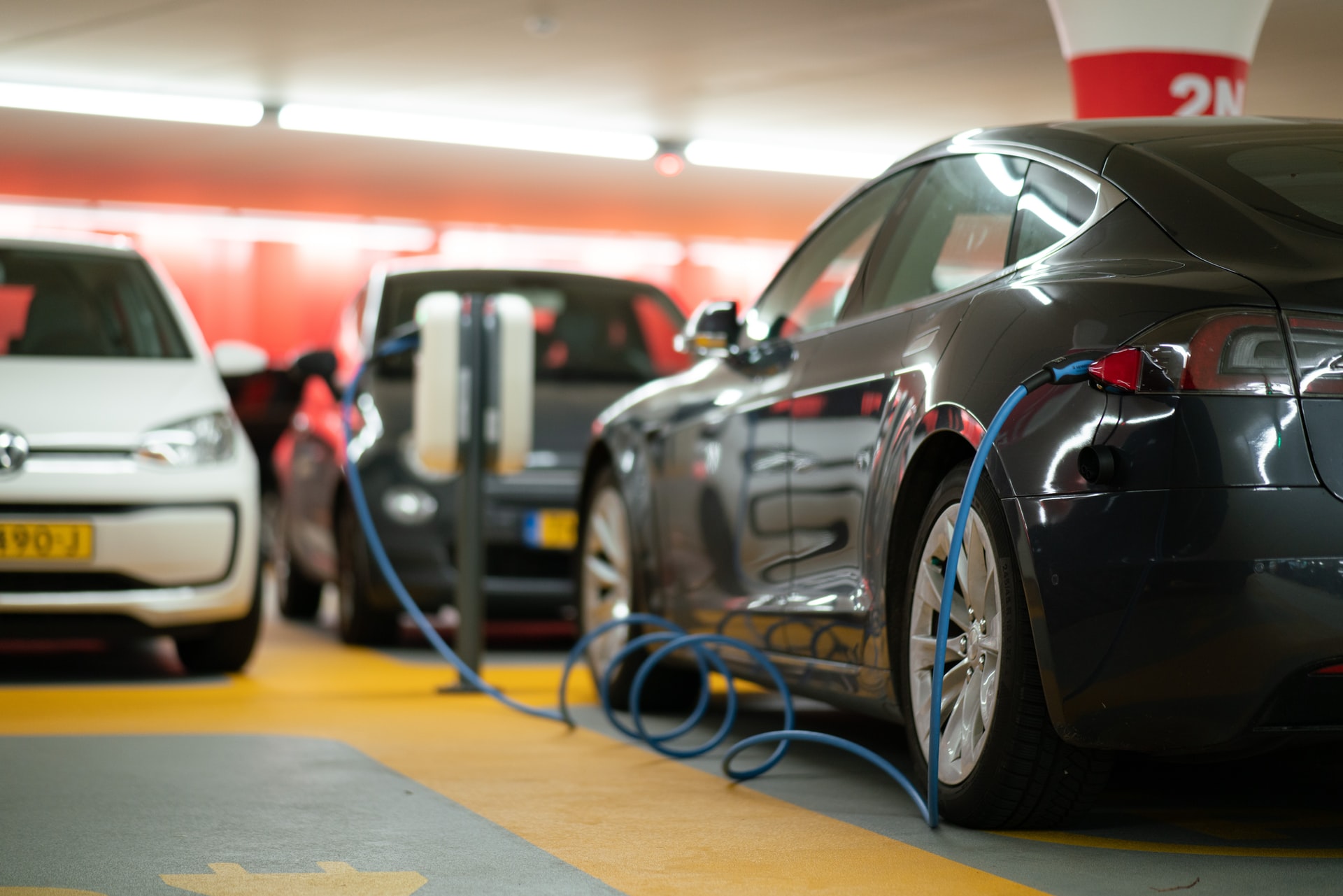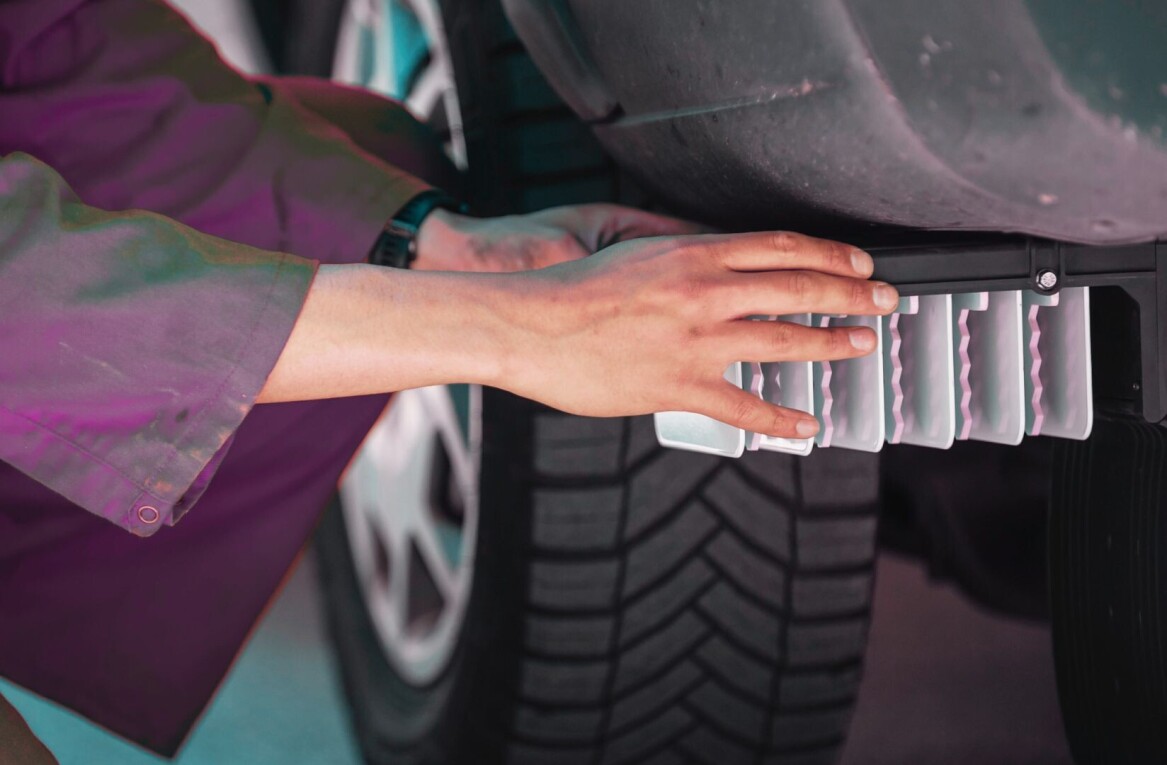
I love the use of technology like blockchain and distributed ledgers, but only when it solves real-world problems. I recently sat down with Nikhil Bharadwaj, co-founder, and CTO of electric vehicle charging company Xeal, to learn about a problem that had plagued the company’s early days.
They were installing chargers at apartment buildings in underground parking garages. However, this is a space where it’s challenging to gain Wi-Fi internet connectivity.
Telcos told them the only solution was for either the building owner or themselves to pay tens of thousands for an IT upgrade. They did this reluctantly for an early customer, yet wanted a better solution.
According to Bharadwaj, the concrete and steel environment effectively acted as a “Faraday cage,” which meant that the EV chargers wouldn’t talk to people’s mobile phones when they tried to initiate charging.
You could find yourself stranded, unable to charge your car. “So we had to innovate.”
Ok, I thought they might be telling me about their use of sound wave tech or LiFi, but they have come up with something a lot more interesting.
NFC and blockchain solves a real-world problem
Their solution is a patent-pending self-reliant connectivity blockchain protocol called Apollo, which, combined with NFC, allows charging stations and smart devices to be deployed anywhere, even in the most rugged environments.
The company calls it the world’s first ‘No Internet for Things.’
I’m always interested in the answer to the question ‘Why now?’ and Bharadwaj explained the three inflection points that successfully came together in 2020:
- Pressure on Apple to make NFC chip technology available to third-party developers brought the use of NFC into the wider consciousness.
- Contactless payments during COVID became more robust and more widely adopted.
- Wider adoption of Distributed Ledgers.
Xeal has attracted plenty of interest from investors. The company raised $14 million in seed and VC funding earlier this year. Let’s take a look at their tech:
How Xeal charging works

As with any EV charging, a payment app connects your car to the EV charger. With Xeal, the use of NFC means the only time you need the Internet is to download the app in the first instance to create a profile that includes their personal and vehicle information and payment details.
You then receive a cryptographic token on your mobile phone that authenticates your identity and enables you to access all of Xeal’s public charging stations. The token is time-bound, which means it dissolves after use.
To charge your car, you hold your phone up to the charger. Your mobile reads the cryptographic token, automatically bringing up an NFC scanner. It opens the app, authenticates your charging session, starts scanning, and within milliseconds, the charging session starts.
All of this is without Internet access — it’s a closed-loop system without SIM cards or ethernet cables.
So, why can’t you just use NFC without blockchain?

The blockchain, or specifically the distributed ledger, is used to record the specifics of the charging session. As Bharadwaj explained:
We need to know how long they were there and how much energy they consumed.
When the person finishes charging, they tap their phone to the charger to end the session.
From this, the phone receives the ledger, and they go home or go back to work or wherever their phone’s connected. This is essentially a delayed gateway.
Your phone is the gateway to the cloud. And all the processing happens in the background. The user never has to open the app. It’s all done in the background.
When the user next accesses WiFI, the user gets another token. More importantly, the details of their charging session – even if they forgot to log out – are distributed to other users’ phones in the network.
As a result, even if one phone fails to reconnect to Wi-Fi, other phones can update the ledger over the network.
As Bharadwaj detailed:
You can think of them as a flock of birds that are all talking to each other. And all it takes is one user to interact to bring in the last ten records or transactions onto the distributed ledger. This includes instances where users may not have tapped to end or if your phone dies.
Security
One of the most significant pain points for EV charging is security. A cybercriminal could use multiple entry points to trigger an attack when you charge an EV– these range from charge point operators to payment providers, utility companies, and third-party vendors.
EV chargers are particularly vulnerable to “man-in-the-middle” attacks. These are cyberattacks where an attacker relays or alters communication between two parties. This enables the attacker to relay communication, listen in, and even modify what each party says.
Cybercriminals use these attacks to access personally identifiable information and steal credit card information.
Last year, security researchers SwRI developed a “man-in-the-middle” device that spoofed signals between a charger and vehicle. It could overcharge and undercharge the battery, potentially resulting in big safety problems.
With Xeal, explained Bharadwaj, the use of NFC means that to access the charging network, you need to be at the site, at the location of the device, and be within one inch to listen in on any communication. “We’re not going anywhere outside of the charger and the phone.’
Further, Distributed Ledger Technology is synchronized and accessible across different sites and geographies by multiple participants — in this instance, all the users of Xeal.
Distributed ledgers are inherently harder to attack than centralized networks because all of the distributed copies need to be attacked simultaneously for it to be successful. Further, these records are resistant to malicious changes by a single party.
The start of bigger things to come
Range anxiety is a huge problem that deters people from transitioning to electrical vehicles. I find Xeal interesting as they hit a critical intersection that has emerged not only for EV charging. As more devices connect to the Internet and machine-to-machine interactions become mainstream reliable connectivity is crucial.
According to Bharadwaj that company has also attracted interest from shared mobility escooter and smart door lock companies.
This is the second part of a series I’m writing about Web 3.0 and blockchain technology in mobility. I’m attempting to reduce the jargon and focus on the problems the tech aims to solve. Check out the first piece where I dive deep into how one motorbike company uses blockchain technology for P2P trading.
You may also enjoy:
- Wow, there’s an actual use for blockchain? Helium can democratize internet connectivity
-
Wait… How is blockchain tech meant to help create self-driving cars?
Get the TNW newsletter
Get the most important tech news in your inbox each week.




